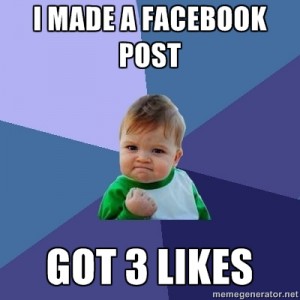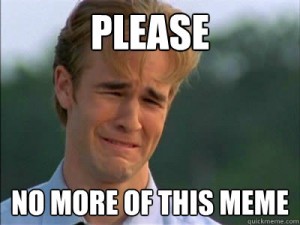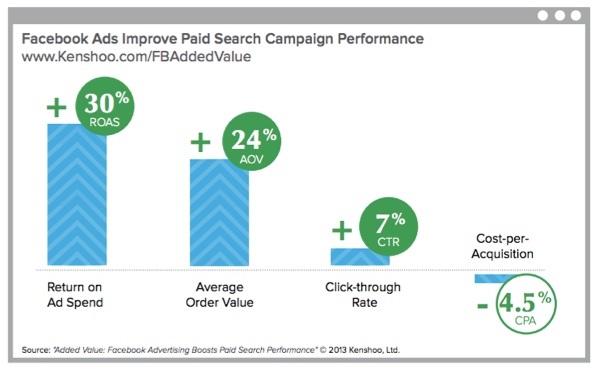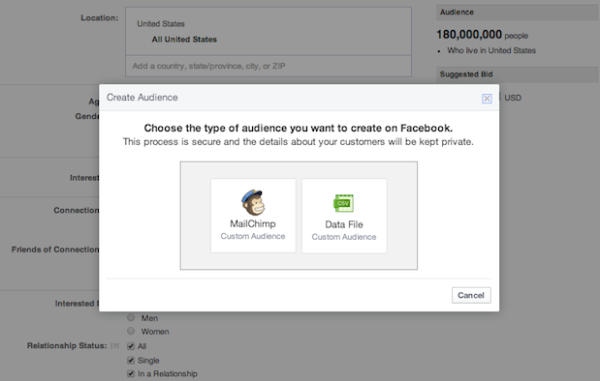If you’re a small retailer trying to expand your brand online, social media is an absolutely essential part of the plan. But, there are several different popular social media platforms and most smaller retailers don’t have the resources to invest fully in all of the big platforms. How do you choose which one to favor?
Of course, the best choice for your brand depends on what you are offering to consumers and how you are trying to reach out to them. But, you can also take some notes from what the big retailers are doing with their social media, with the help of social technology company 8th Bridge’s third-annual Social Commerce IQ report.
8th Bridge looks at nearly 900 of the top online retail brands, and evaluates their social adoption and subsequent results.
Their results show two things. Firstly, you should implement social website buttons for at least the three major social media platforms for retailers (Pinterest, Twitter, and Facebook). Secondly, and more importantly, Facebook still dominates referral traffic and perceived value. However, the reasons for Facebook’s value to top retailers have changed.
In the past, Facebook has always been favored simply because it was the most popular social media platform by a large margin. However, Facebook has become very competitive, especially for smaller businesses. With so many businesses sharing content on the site, the top retailers have turned to Facebook Exchange to pay for visibility and higher traffic rates.
Facebook is valued by top retailers not because they are the top social platform, but because they have the most viable social advertising platform.
This has the potential for change in the near future however. Facebook has one of the most fully-realized social advertising platforms, and it has been around for significantly longer than the ad options most other platforms offer. For instance, both Pinterest and Instagram are still only in the testing phase for their advertising platforms.
Still, the traffic referral statistics from Twitter may suggest a deeper underlying problem in the social platform’s viability for retailers.
“Traffic from Twitter and Instagram is non-existent for most retailers,” 8th Bridge said in its report. “Only 85 retailers are getting traffic from Twitter and only 55 retailers are getting traffic from Instagram.”
In the end it should come as no surprise that Facebook is still the most reliable social platform for brands of most sizes, but it will only get more competitive. You can still benefit from a non-paid approach to your Facebook presence, but you should expect diminishing returns as time goes on.
You can view the infographic 8th Bridge made from their results below or on their site.



 At midnight tonight the world is stepping into the New Year and social media is already buzzing with excitement. As the hour approaches in every time zone, Twitter, Facebook and Instagram will all be filled with updates from parties and celebrations from around the world. It is an appropriate way to ring in a new year that will almost certainly continue the global domination of social media.
At midnight tonight the world is stepping into the New Year and social media is already buzzing with excitement. As the hour approaches in every time zone, Twitter, Facebook and Instagram will all be filled with updates from parties and celebrations from around the world. It is an appropriate way to ring in a new year that will almost certainly continue the global domination of social media.
 When the news broke of Facebook’s updates to their News Feed, advertisers everywhere scrambled to analyze the changes. Well, it appears
When the news broke of Facebook’s updates to their News Feed, advertisers everywhere scrambled to analyze the changes. Well, it appears  Yesterday Facebook
Yesterday Facebook 




